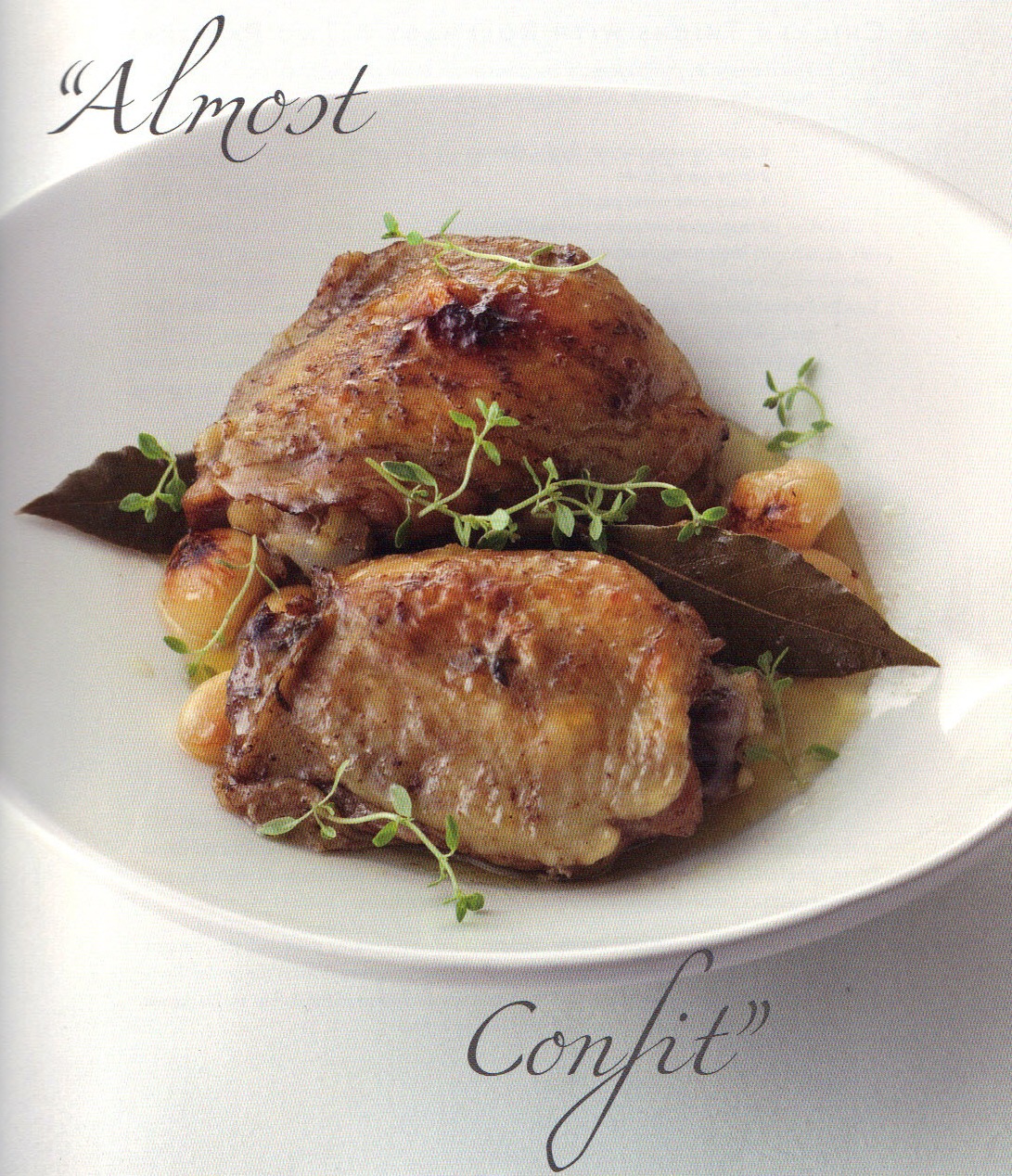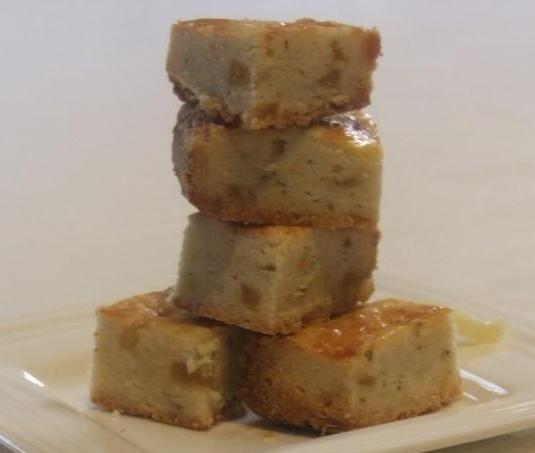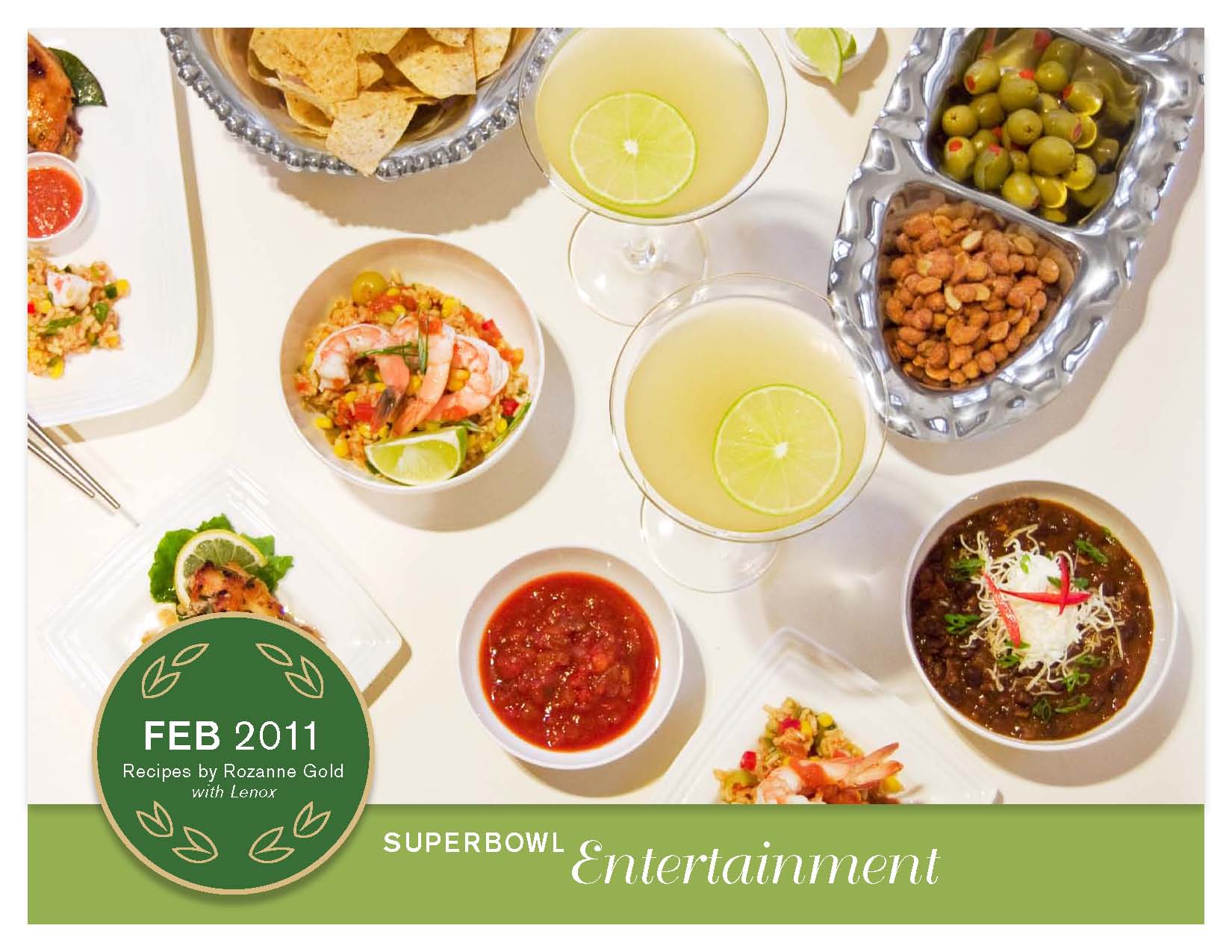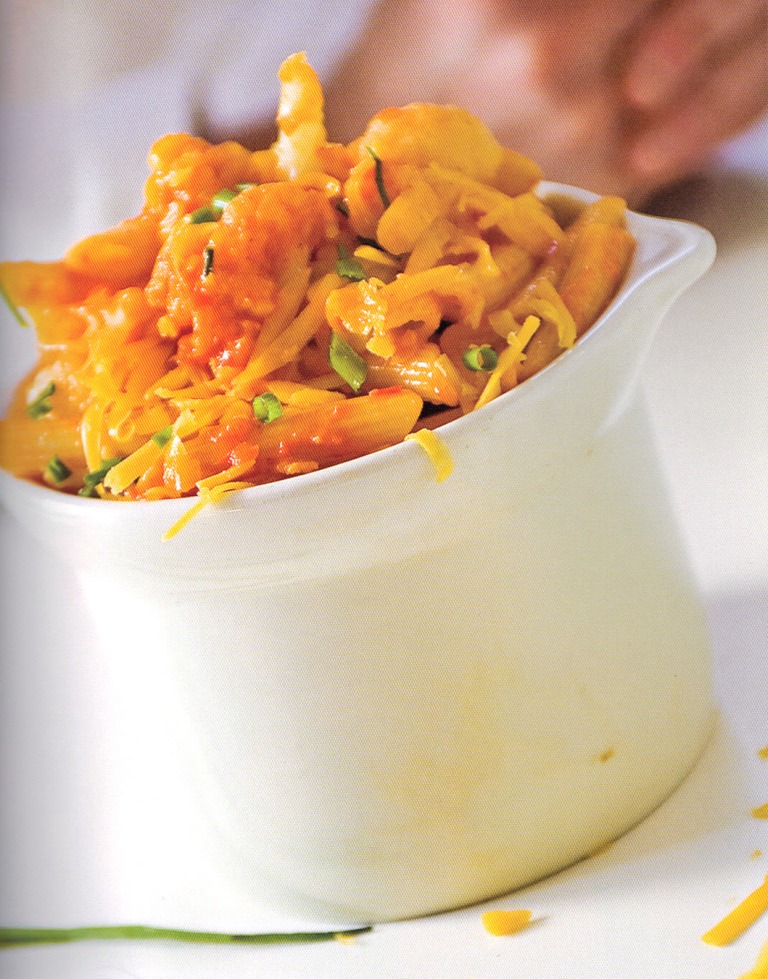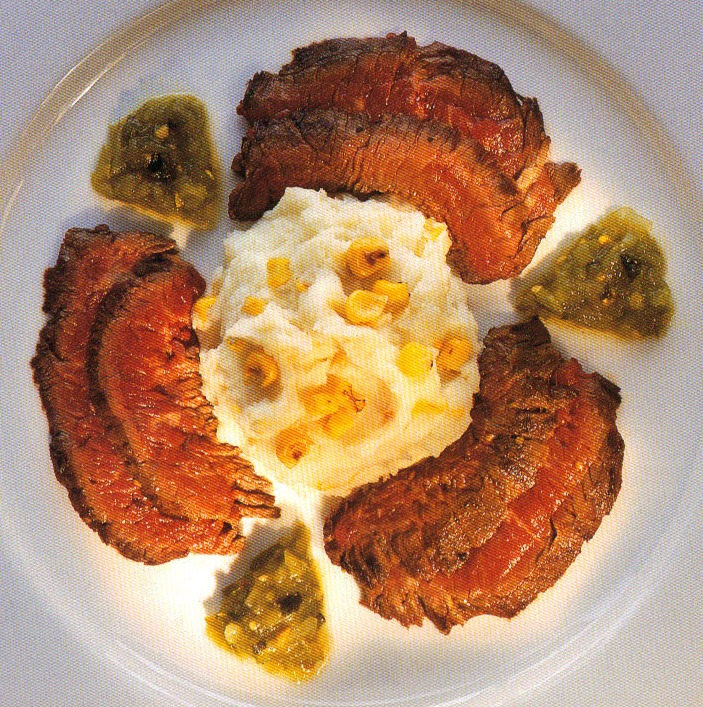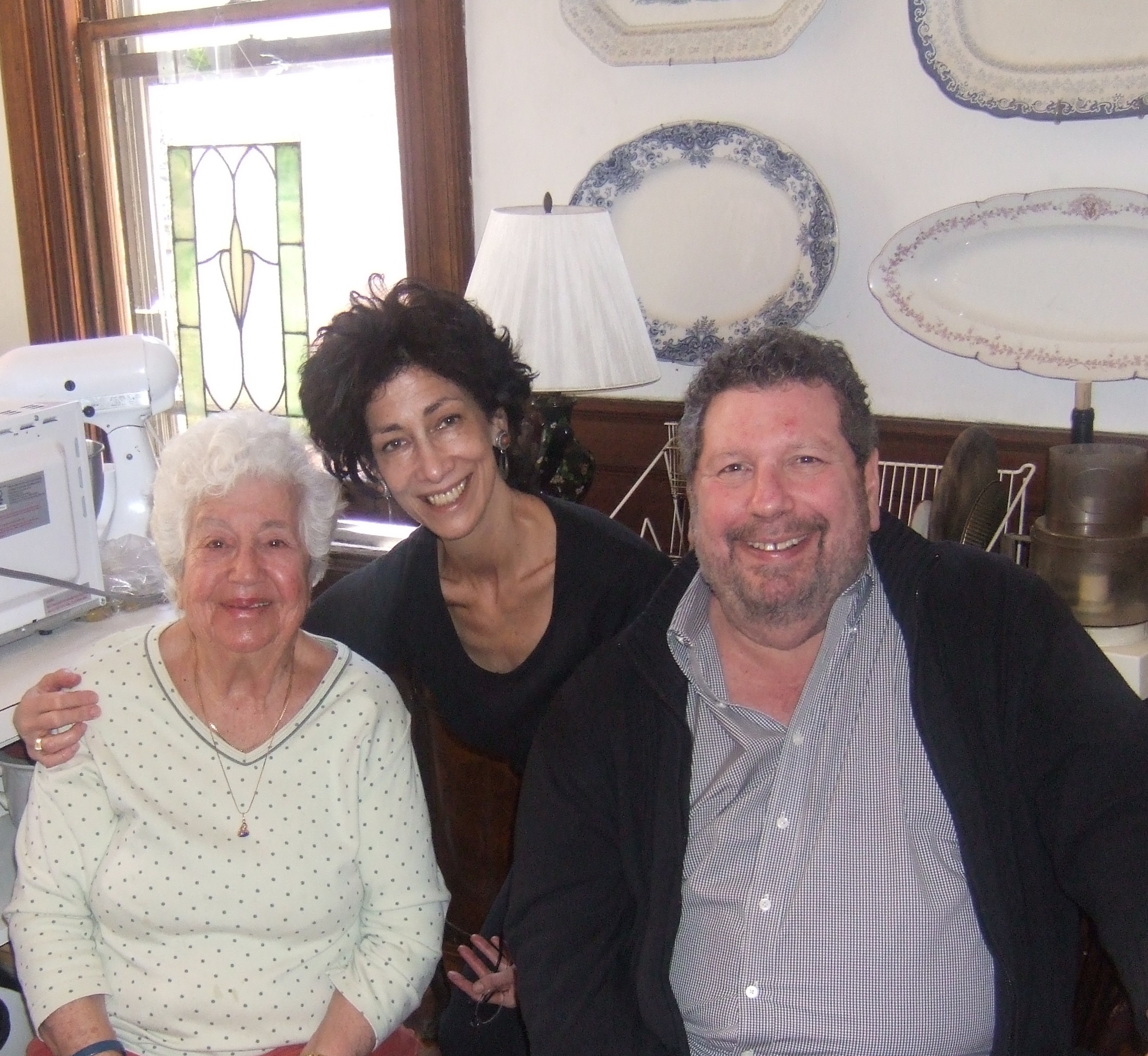 I learned a lot yesterday: that some 85-year old women have more stamina and resilience than women 35 years their junior, and that where there's a will there's a way! When beautiful Laurice entered my kitchen, laden with bags full of goodies from the morning's shop, a joy filled the room as though someone had just turned on the light. Ever the teacher, and eager to get to work, Laurice and friends Laurie (a graphic designer) and Midge (a "finishing school" photo editor), helped find large pots and trays and unwrapped a 12-pound block of cheese curd!
With the prowess of a professional chef, Laurice set up her mise en place -- 3 to 4 pounds of kosher salt, (who measures?), the mahleb (more about that later), nigella seeds, a huge roasting pan filled halfway with cold water, and an egg. "Everybody wash your hands," she decreed, and then dropped a bombshell. "Where's your microwave, Rozanne?" "Microwave?, I responded. I don't have a microwave." She was crestfallen.
I learned a lot yesterday: that some 85-year old women have more stamina and resilience than women 35 years their junior, and that where there's a will there's a way! When beautiful Laurice entered my kitchen, laden with bags full of goodies from the morning's shop, a joy filled the room as though someone had just turned on the light. Ever the teacher, and eager to get to work, Laurice and friends Laurie (a graphic designer) and Midge (a "finishing school" photo editor), helped find large pots and trays and unwrapped a 12-pound block of cheese curd!
With the prowess of a professional chef, Laurice set up her mise en place -- 3 to 4 pounds of kosher salt, (who measures?), the mahleb (more about that later), nigella seeds, a huge roasting pan filled halfway with cold water, and an egg. "Everybody wash your hands," she decreed, and then dropped a bombshell. "Where's your microwave, Rozanne?" "Microwave?, I responded. I don't have a microwave." She was crestfallen.  The adventure was over. "What? No meat pies, spinach pies, hummus and babaganoosh? No olives, sesame pita bread, homemade baklava (provided by Laurice)? No string cheese? We all fluttered around like a bunch of chickens. "Let's buy one," I said! "No!" said my husband. "Let's take everything and go back to Laurice's." "No!," I said. "Let's call Arthur!" He and Bob were just about to leave their house, but we reached them in the nick of time. Within 15 minutes, their brand new microwave, brought over on a hand truck, had landed on my kitchen counter. Arthur, of course, joked about the scarcity of microwaves in ancient Syria, but Laurice assured us that it was essential to melt the curd at exactly the right temperature and figured that 8 ounces of crumbled cheese curd on a very large plate needed 1 minute and 15 seconds to nuke and soften to perfection.
The adventure was over. "What? No meat pies, spinach pies, hummus and babaganoosh? No olives, sesame pita bread, homemade baklava (provided by Laurice)? No string cheese? We all fluttered around like a bunch of chickens. "Let's buy one," I said! "No!" said my husband. "Let's take everything and go back to Laurice's." "No!," I said. "Let's call Arthur!" He and Bob were just about to leave their house, but we reached them in the nick of time. Within 15 minutes, their brand new microwave, brought over on a hand truck, had landed on my kitchen counter. Arthur, of course, joked about the scarcity of microwaves in ancient Syria, but Laurice assured us that it was essential to melt the curd at exactly the right temperature and figured that 8 ounces of crumbled cheese curd on a very large plate needed 1 minute and 15 seconds to nuke and soften to perfection.
I ground the mahleb ($27 a pound) -- dried cherry pits, tasting a bit like ground almonds, that are an essential component of Syrian string cheese -- to a powdery state in my coffee grinder, and under Laurice's watchful eye, mixed in the right amount (who measures?) of nigella seeds. They, too, are integral to the taste of the cheese. Laurice added almost 3 pounds of salt to the cold water bath. How did she know if the brine was salty enough? 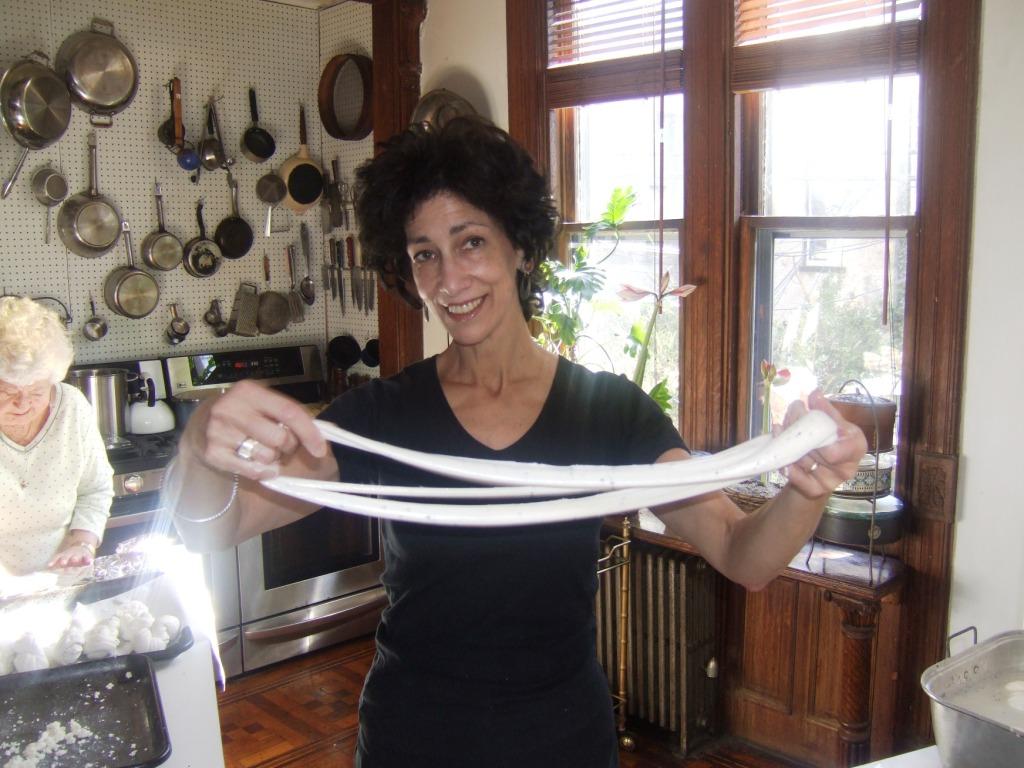 Well, that's what the egg was for! You immerse it in the water
Well, that's what the egg was for! You immerse it in the water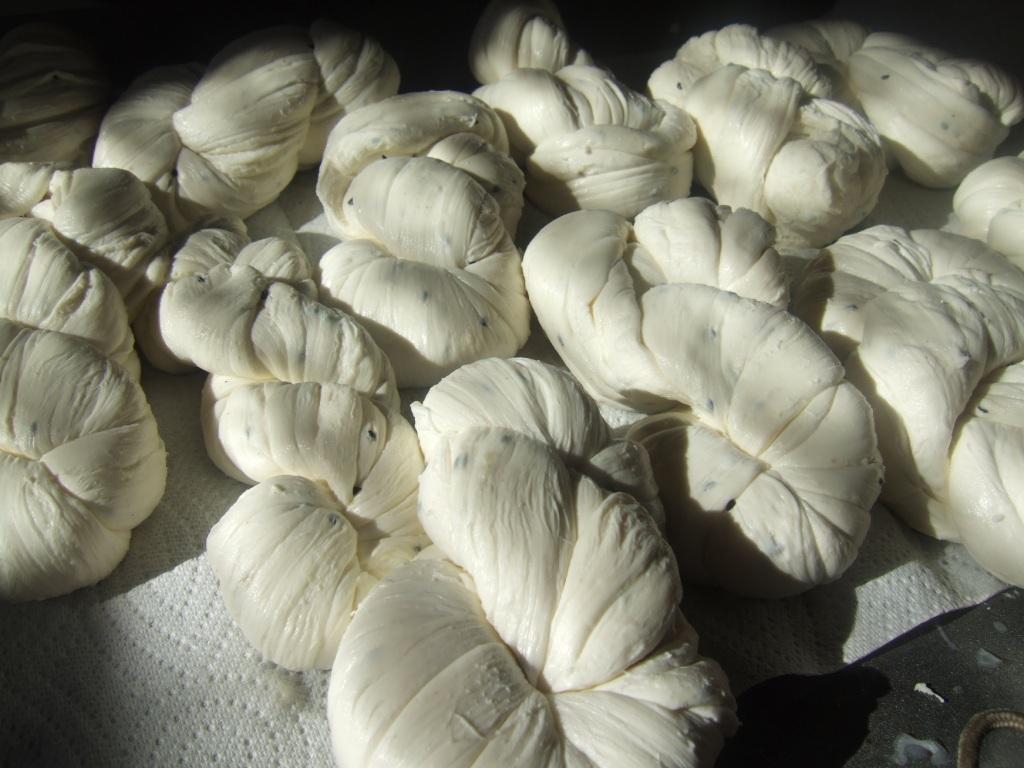 and if it bobs up to the size of a silver dollar, then it's ready! It wasn't. More salt was added and then the fun began. We all took turns handling the gooey hot curds and sprinkling them with the exotic spice mixture. Laurice instructed us each how to pull, and stretch, and pull and s-t-r-e-t-c-h, and stretch and pull, and twist and hook and braid. Each of the 24 cheeses was then carefully immersed in the brine for an hour. During that time we laughed and competed, burned our fingers, drank strong coffee, ate meat pies and spinach pies and babaganoosh, pita bread and olives, and marveled at the flavor of Laurice's not-too-sweet baklava. The day was saved. We divvied up the cheese and decided to make pickles next.
and if it bobs up to the size of a silver dollar, then it's ready! It wasn't. More salt was added and then the fun began. We all took turns handling the gooey hot curds and sprinkling them with the exotic spice mixture. Laurice instructed us each how to pull, and stretch, and pull and s-t-r-e-t-c-h, and stretch and pull, and twist and hook and braid. Each of the 24 cheeses was then carefully immersed in the brine for an hour. During that time we laughed and competed, burned our fingers, drank strong coffee, ate meat pies and spinach pies and babaganoosh, pita bread and olives, and marveled at the flavor of Laurice's not-too-sweet baklava. The day was saved. We divvied up the cheese and decided to make pickles next.
The girls bought the cheese curd at: Lioni Latticini, Inc. 718-232-7852 (7819 15th Ave. in Brooklyn). They bought the cheese pies, pita, spices, etc. Mid-East Bakery 718-680-0561 (7808 3rd Ave. in Brooklyn) and Samia's 718-748-3337 (7922 3rd Ave.)

